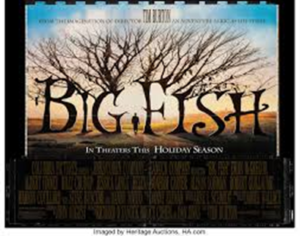The genre may be considered as a practical device for helping any mass medium to produce consistently and efficiently and to relate its production to the expectations of its customers. Since it is also a practical device for enabling individual media users to plan their choices, it can be considered as a mechanism for ordering the relations between the two main parties to mass communication.
Dennis McQuail 1987, p. 200
Introduction
A key theoretical area that underpins Media Language is the study of GENRE. Genre is a way of thinking about media production (INSTITUTIONS) and media reception (AUDIENCES). Overall, genre study helps students to think about how media texts are classified, organised and understood, essentially around SIMILARITIES and DIFFERENCE. In that media texts hold similar patterns, codes and conventions that are both PREDICTABLE and EXPECTED, but are also INNOVATIVE and UNEXPECTED. The ideas of codes and conventions are the starting point to think about MEDIA LANGUAGE and has been discussed in earlier posts, remember each MEDIA FORM has its’ own language.
Please note that although genre is often considered in terms of the Film Industry (as it is here) it is a concept that could be applied to all other media forms – music, radio, TV, newspapers & magazines, on-line/social media etc
Task 1: make some general notes on genre
Genre as ‘Textual Analysis’
Ed Buscombe notes that the ‘kind’ or ‘type’ of film is usually recognised “and largely determined by the nature of its conventions” (1986 p. 15). In other words, the textual nature of the media production. To understand the way in which textual analysis is used to define the genre of a media product, look at any extract from any film.
In the extract provided on this blog post, from the Ballad of Buster Scruggs, you could ask students what they expect just from the title of the film and then by looking at just the first frame of this clip, discuss expectations. Get students to predict particular elements around: characters, setting, lighting, dialogue, music, sounds, mise-en-scene etc. From this excercise you should be able to elicit key characteristics (codes and conventions) that identify this as a Western.
Watch the extract and then talk about how students respond – identity any surprises – differences in expectations. It should show that although this clip follows generic expectations, it also shows how expectations can be altered, adapted, challenged, changed.
In this way it might be possible to understand the notion of CREATIVITY. The way in which new ideas (creativity) emerge from the predictable and expected. It is also possible to identify this clip as something more nuanced than simply a Western.
In some ways it hold conventions of other genres, as such it could be considered as a SUB-GENRE film (a genre within a genre) or a HYBRID GENRE (a combination of two genres). However, overall, it could be said that “genre is a system of codes, conventions and visual styles which enables an audience to determine rapidly and with some complexity the kind of narrative they are viewing” (Turner p.97 Film as Social Practice)

